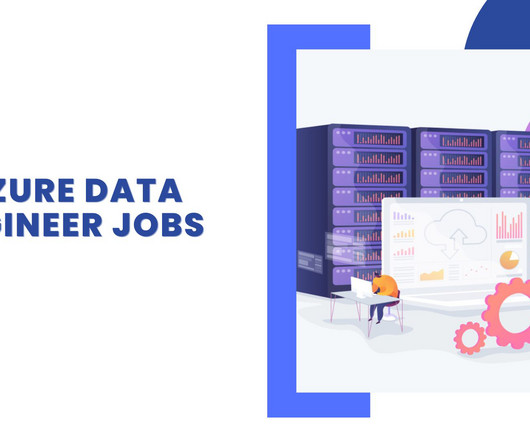The Data Dilemma: Exploring the Key Differences Between Data Science and Data Engineering
Pickl AI
JULY 25, 2023
Data engineers are essential professionals responsible for designing, constructing, and maintaining an organization’s data infrastructure. They create data pipelines, ETL processes, and databases to facilitate smooth data flow and storage. Data Visualization: Matplotlib, Seaborn, Tableau, etc.












Let's personalize your content